When thinking about space and place in the context of interior design, it’s important to recognize that they are more than just physical dimensions. Space is the canvas of design, while place is the emotional and psychological impact that design invokes. The way we shape our surroundings has a profound effect on how we live, work, think, and feel. Through innovative design, we create environments that foster not just functionality, but also a sense of identity, comfort, and purpose.
Space as a Canvas for Transformation
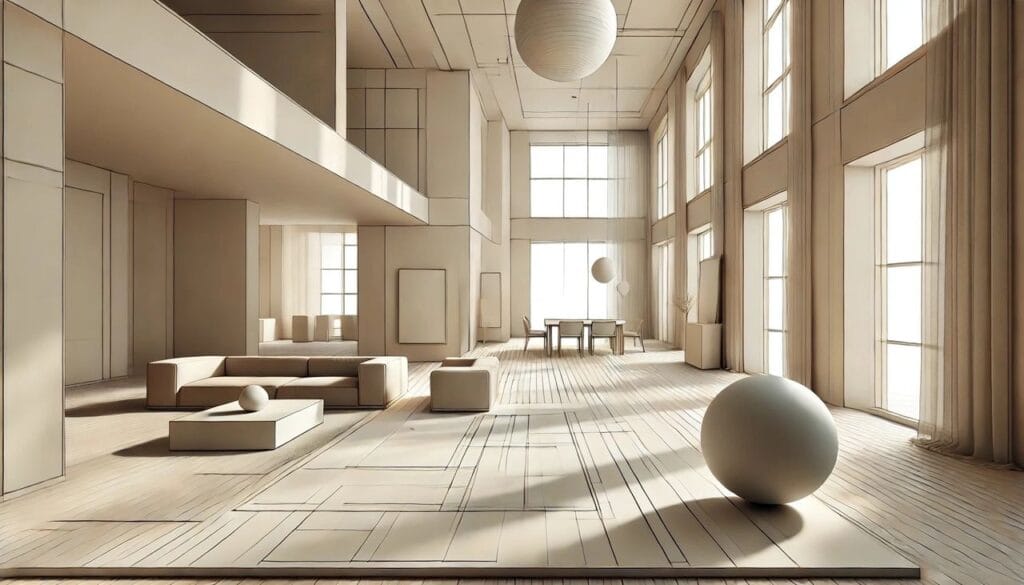
Space in interior design represents the blank canvas upon which we create environments. It’s about utilizing dimensions—whether vast or confined—to orchestrate how people move, interact, and feel within an area. Spatial design is not just about filling empty rooms with objects but understanding the emotional and functional needs of a space. The psychology of space shows that open environments promote freedom and creativity, while enclosed spaces can offer security, focus, or intimacy.
As a designer, it’s essential to consider flow, allowing for natural movement while also addressing human needs for personal space, community, and productivity. The way furniture is arranged, how light flows into the room, and how colors and materials are used can affect mood, behavior, and performance. Innovative interior design doesn’t just consider how to fill space but rather how to give it meaning—how to help people live, work, and interact with their surroundings in a way that enhances their experiences.
Place: The Emotional Impact of Design
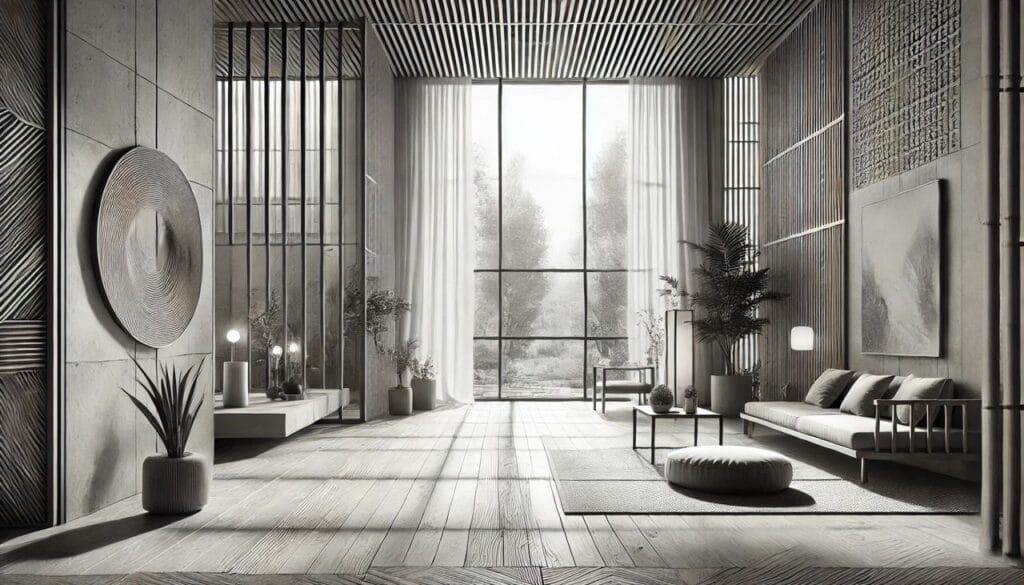
If space is the blank canvas, place is the masterpiece. A place is created when we infuse a space with meaning, when design transcends functionality and becomes a source of emotional and psychological engagement. Every choice in design—the textures, colors, shapes, and materials—affects how a person connects to a place. This is where design psychology comes into play.
The psychological impact of design cannot be understated. Colors have been shown to influence mood: blues can calm, reds can energize, and yellows can promote creativity. Textures provide sensory engagement, bringing warmth or coolness, roughness or smoothness, depending on how you want someone to interact with the environment. Lighting, too, is crucial—it can transform a cold, sterile space into one that feels warm and inviting, or it can foster productivity and focus in a work setting.
The sense of place-making involves crafting environments that tell a story, evoke memories, or inspire feelings of belonging. Whether it’s a cozy living room, a sleek office, or a creative workspace, the best designs are those that make people feel something. Design is not just about aesthetics—it’s about the emotional responses it generates in the people who inhabit those places.
The Psychology of Design and Innovation
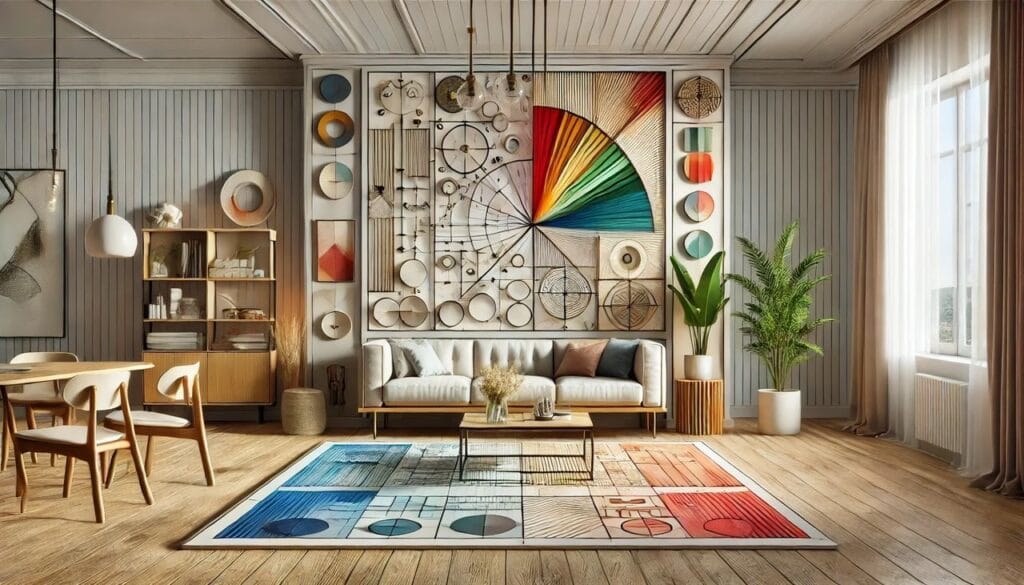
Design is deeply rooted in psychology, as the human mind is wired to react to the spaces we inhabit. Understanding the psychological principles behind design decisions can be the difference between a place that feels oppressive and one that fosters well-being. Concepts like proximity, balance, and symmetry impact our perceptions of harmony, safety, and comfort.
For example, when spaces are too cluttered or unbalanced, they can trigger feelings of anxiety or stress. On the other hand, clean lines, well-defined spaces, and thoughtful arrangements create a sense of peace and order. The brain naturally seeks patterns and organization, and design that reflects these psychological needs will always feel more comforting and intuitive.
When we talk about innovation in interior design, it’s about finding new ways to engage with space and people. Design innovation is not just about using the latest technology or materials—it’s about solving problems in ways that haven’t been thought of before. Sustainable design, for example, innovates by using eco-friendly materials and energy-efficient systems, but it also taps into a growing psychological awareness that people want to live in spaces that reflect their values.
Innovative design also embraces flexibility and adaptability, recognizing that our needs for space are constantly changing. Modern interiors often feature multi-functional spaces, modular furniture, and smart technology that can be easily customized for different purposes. These innovations not only enhance the functionality of a space but also engage with the user’s psychological desire for personalization and control over their environment.
Trust in Nature: A Design Philosophy
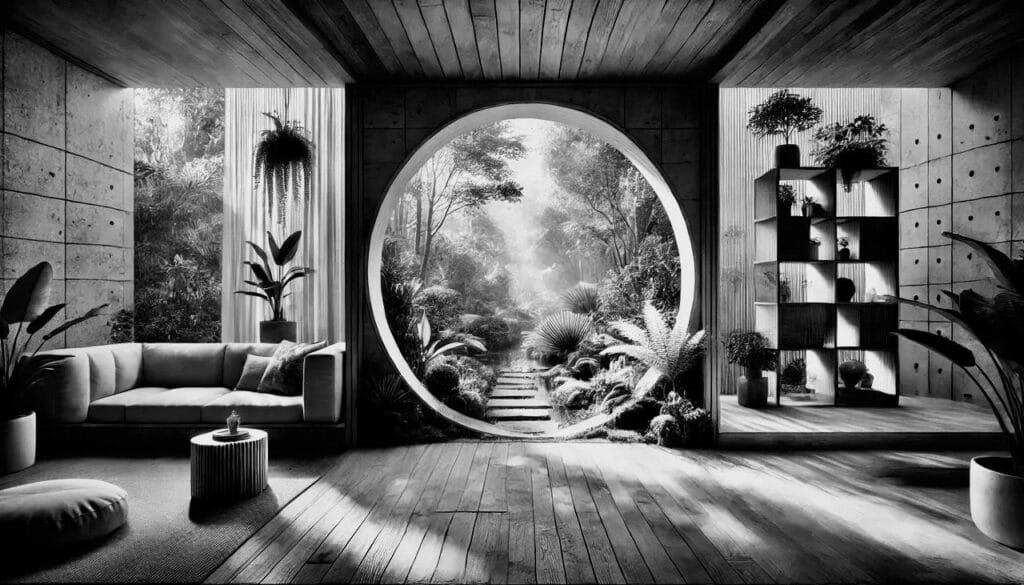
At the heart of many of the principles in modern design is the philosophy of trusting in nature. Nature is often regarded as the most trustworthy and intuitive source for design inspiration. This philosophy embraces the idea that nature, in all its beauty, simplicity, and complexity, holds the key to balance, harmony, and well-being. When we incorporate natural elements into interior design—whether through materials, colors, or forms—we are reconnecting with this innate wisdom.
Biophilic design, which draws upon this philosophy, integrates natural materials, light, and vegetation into built environments. This design approach not only improves aesthetics but also positively impacts health and well-being. Studies have shown that spaces that incorporate natural elements can reduce stress, increase productivity, and promote healing.
Trusting in nature also means recognizing the cyclical processes of life, growth, decay, and renewal. In interior design, this translates to sustainable practices—using renewable resources, recycling materials, and creating designs that align with ecological principles. By trusting in nature, designers are encouraged to create spaces that reflect the organic, fluid, and restorative qualities of the natural world.
Interior Design as a Reflection of Identity
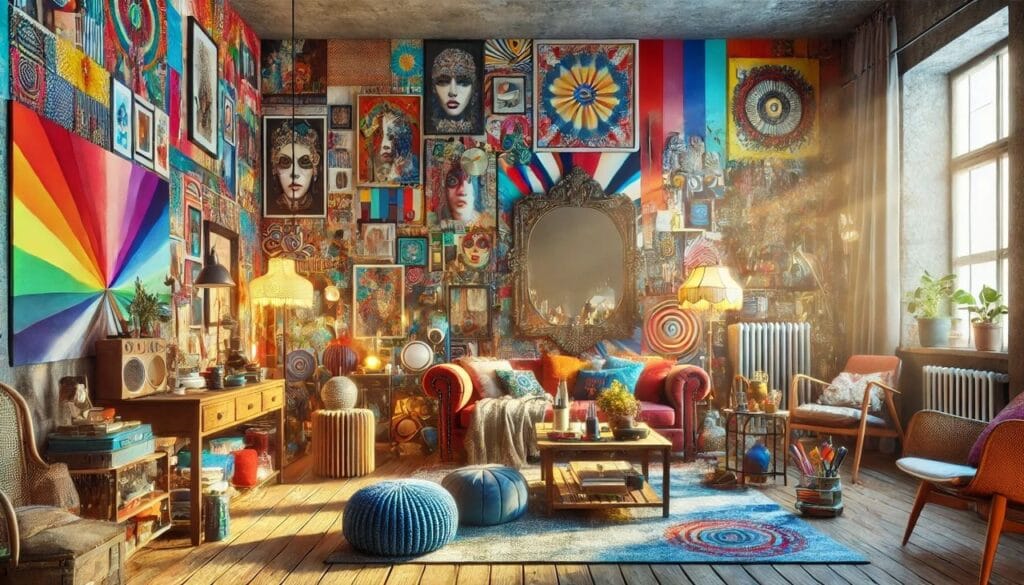
A well-designed space reflects the identity of the people who inhabit it. Whether it’s a home, a workspace, or a public building, every design decision should be a reflection of the values, personalities, and aspirations of those who use it. Personalized design speaks to the emotional and psychological needs of individuals, offering comfort, motivation, or inspiration through the elements that resonate with them most.
Designers are storytellers, using materials, colors, and objects to create narratives within a space. Each project is an opportunity to tell a new story, whether it’s a minimalistic and modern narrative that speaks to efficiency and clarity, or a rich, layered design that invokes tradition, heritage, and history.
In this way, interior design bridges the gap between the external world and internal experiences. It is not just about making a space look good; it’s about how the space makes people feel, and how it reflects their deepest selves. Innovation in design comes from understanding these psychological underpinnings and crafting spaces that align with the emotional and cognitive experiences of those who interact with them.
Final Thoughts: The Future of Design
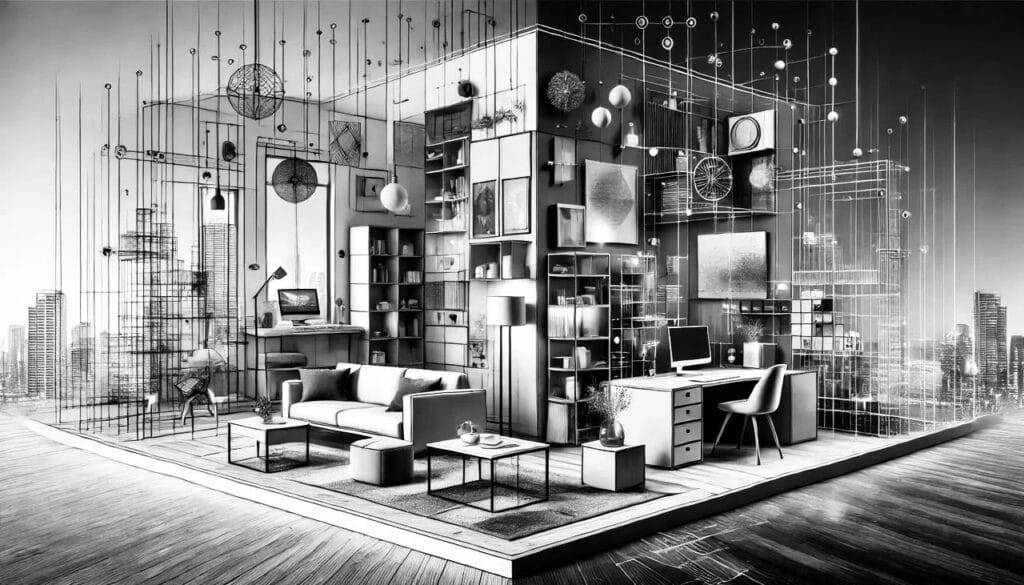
As the world continues to evolve, so too must our approach to interior design. Design innovation will increasingly focus on creating spaces that are adaptable, sustainable, and responsive to human needs. From smart homes that adjust to our routines to flexible workspaces that can be reconfigured at a moment’s notice, the future of design lies in its ability to anticipate and respond to both the physical and psychological needs of people.
In the end, great design is about more than just filling space—it’s about creating places that people can connect to on a deeper level, where they can feel comfortable, inspired, and engaged. It’s about understanding the psychology of space and place and using that understanding to create environments that foster well-being, productivity, and innovation.
The philosophy of trusting in nature serves as a powerful guide in this pursuit, reminding us that the most profound solutions often come from the natural world, and by aligning our spaces with these principles, we create not only functional environments but also spaces that truly nurture the human spirit.




